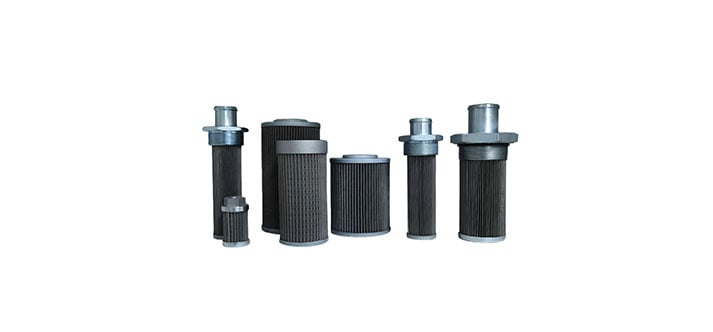The characteristics of a hydraulic oil filter element are designed to ensure effective filtration and durability in demanding hydraulic systems. Here are some of the key characteristics:
-
Filtration Efficiency: The primary characteristic is its ability to efficiently remove contaminants from the hydraulic fluid. This includes particles, dirt, metal shavings, and other debris that can cause wear or damage to hydraulic components.
-
Micron Rating of a hydraulic oil filter element: Filter elements are rated by their ability to filter out particles of specific sizes, measured in microns (μm). A lower micron rating indicates finer filtration. Common ratings range from 10 to 100 microns, depending on the application requirements.
-
Material Compatibility: The filter media must be compatible with the hydraulic fluid being used. Common materials include fiberglass, synthetic fibers, and stainless steel mesh. The filter housing and sealing materials should also be compatible with the fluid to prevent degradation or leakage.
-
Pressure Rating of a hydraulic oil filter element: The filter element must withstand the operating pressure of the hydraulic system without collapsing or deforming. High-pressure hydraulic systems require filter elements designed to handle those pressure levels.
-
Flow Rate: It should have sufficient flow capacity to allow for adequate hydraulic fluid flow without causing excessive pressure drop, which could affect system performance.
-
Burst Strength: The filter element must have a high burst strength to resist rupture under extreme pressure conditions, ensuring safety and reliability.
-
Temperature Resistance: Hydraulic systems often operate at high temperatures, so the filter element must be able to withstand these temperatures without degrading or losing its filtration efficiency.
-
Durability and Longevity: It should have a long service life before needing replacement, minimizing maintenance costs and downtime.
-
Anti-static Propertiesof a hydraulic oil filter element: In some applications, especially where flammable fluids are used, anti-static properties might be required to prevent static discharge that could ignite vapors.
-
Replacement Indicator of a hydraulic oil filter element: Some filter elements come with visual indicators (like a color change) or electronic sensors that signal when it's time to replace the filter, enhancing maintenance schedules.
-
Compatibility with System Design: The physical dimensions and fittings of the filter element must match the specifications of the hydraulic system it is intended for, including thread sizes, mounting styles, and port configurations.
These characteristics ensure that the hydraulic oil filter element performs its function effectively, protecting the hydraulic system from contamination and maintaining optimal system performance and longevity.
Quote Inquiry
Contact us!

